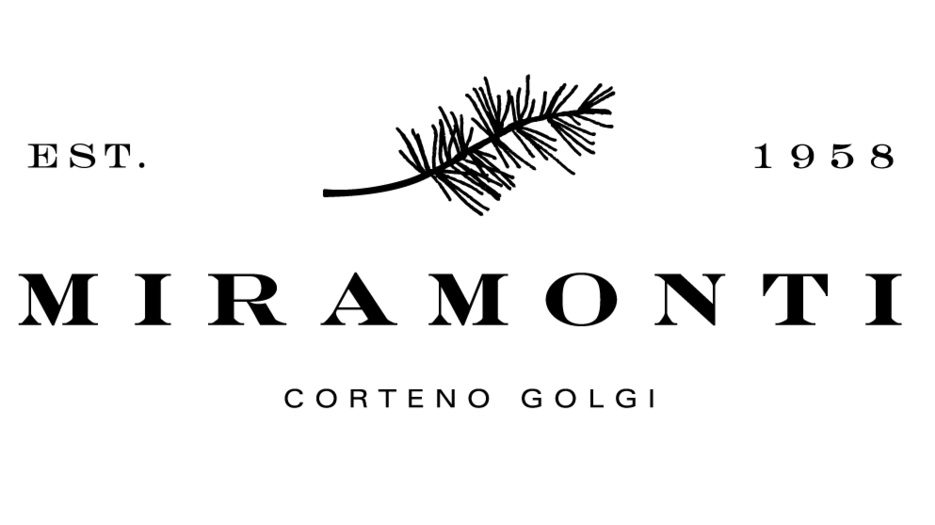How the Tomato Conquered Italy
The tomato is pretty much synonymous with Italian culture and cuisine. Walk into any Italian restaurant, and you will find that you’ll find at least one dish that incorporates the well-loved ingredient - just think of popular dishes such as; Margherita pizza, Caprese salad, Pomodoro pasta or lasagne. In Albergo Miramonti, we use high-quality tomatoes to make a speciality dish from the Corteno Golgi area called ‘Strozzapreti alla Cortenese’, which includes a delicious ragu sauce that we’re sure you’ll love. But did you know that tomatoes aren’t indigenous to Italian soil? So, how did it become such a popular ingredient in the country? To find out more, read below:
DISCOVERY OF THE NEW WORLD
“FIRST ENCOUNTERED IN THE ANDES MOUNTAINS OF PERU”
Before the Europeans discovered America, tomatoes didn’t exist nor grow in Italy. But that was about to change when the Spanish conquistadors sailed eagerly to the New World, where they would discover Central and South America. It is believed that Spanish likely first encountered tomatoes in the Andes mountains of Peru, where they saw locals harvesting the fruit. Soon after, the Spanish decided to bring it back to their fleet to take to Europe. Though tomatoes are loved now, back in the day, most people were sceptical about the bright red fruit, to the point where it was being used for decorative purposes as opposed to culinary. This could be because tomatoes resembled ‘nightshade’ - a plant that grows poisonous fruit. But it wasn’t long before Europeans started realising that the fruit was okay to consume, as some people even claimed it was an aphrodisiac!
its rise in popularity in italy
“LEAD TO THE INVENTION OF PIZZA”
According to the history books, Naples was governed by Spain in 1504 to 1714, and was therefore greatly influenced by Spanish culture. The Spaniards brought the tomato to Southern Italy for the new fruit to be cultivated. But, just like the rest of Europe, Italians weren’t keen on consuming the tomato due to rumours of its poisonous properties. However, it didn’t take long for them to realise that it was safe to consume as the Southern Italians began cooking with the ingredient - all while the North was still quite reluctant. Southern Italy back in the day had a very plant-based diet, it often consisted of vegetables and dashes of olive oil, so it wasn’t difficult to adapt to the tastes of tomatoes.
Eventually, some people from Naples began spreading tomato sauce on pieces of bread, which would inevitably lead to the birth of pizza. It was said that in 1889 when Queen Margherita became bored of French Cuisine, so she travelled to Naples where she wanted to try pizza baked by the famous pizza-maker at the time, Raffaele Esposito. Esposito invented a pizza that represented the Italian ‘Tricolore’ flag - green for basil, white for mozzarella and red for tomato. Alas, the Queen loved the pizza so much that the pizza was known to be a ‘Margherita pizza’. Now that Esposito’s creation was given a thumbs up by the Queen, it wasn’t long before the popularity of pizza spread like wildfire across all regions in Italy. Therefore, along with the popularity pizza, the tomato began making its mark all across Italy - which of course, gave birth to more Italian recipes involving the fruit.
TOMATO VARIETIES
Today, there are an estimated 7,500 varieties of tomatoes in the world. Varying in colours, flavours and sizes - there is a tomato for everyone. Below are a few well-known tomatoes:
POMODORINO VESUVIANO
A grape tomato grown in Naples, Italy and has PDO protected status. The cultivation area is restricted to an area near Mount Vesuvius.
CUORE DI BUE
An heirloom variety tomato grown in Northern Italy. This tomato is particularly fleshy and very tasty.
SAN MARZANO
A popular tomato grown in Naples, Italy. This tomato is used to make genuine Neapolitan Pizza.
pachino
A cherry tomato variety grown in Sicily. They are small and juicy, making it a great addition to salads.
Why not stay at our Alpine Hotel? We are located within the Italian Alps, with a Hotel Spa, relaxing Cigar Lounge and an Italian Restaurant.
For more interesting articles about Italy, read our blog:






